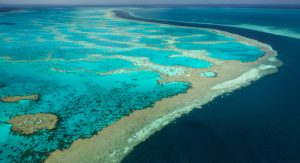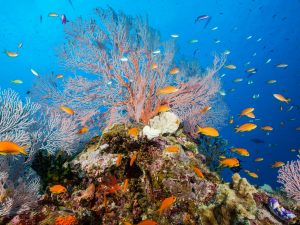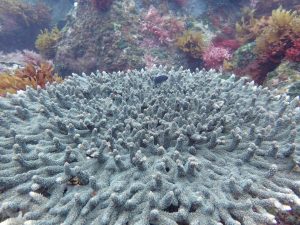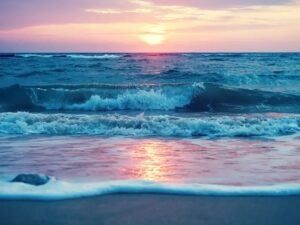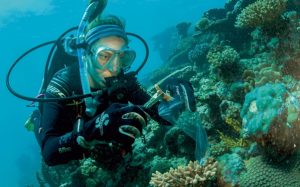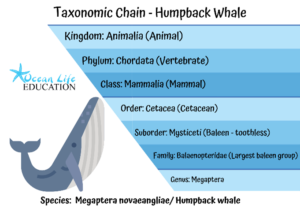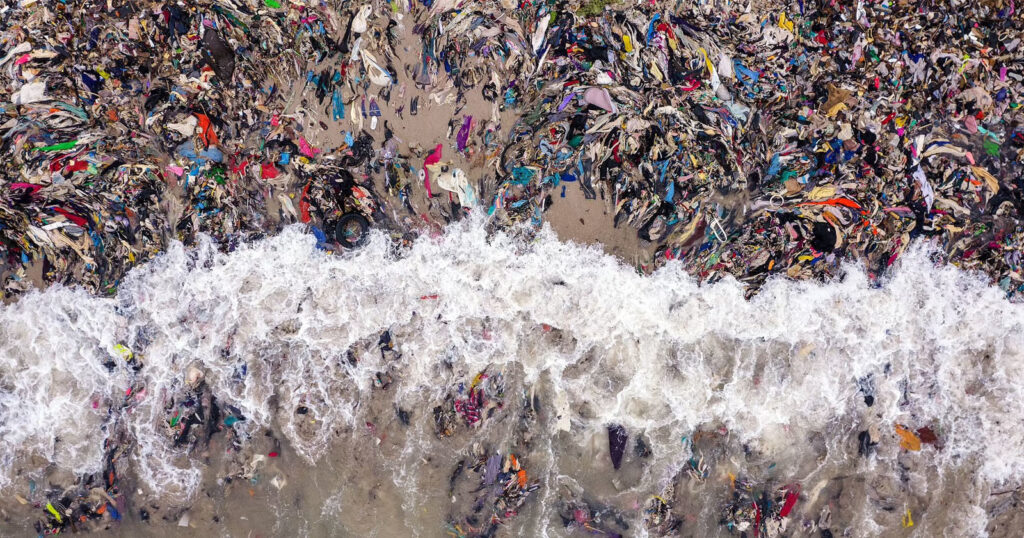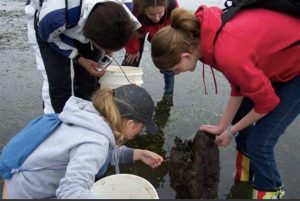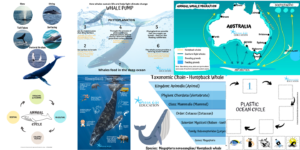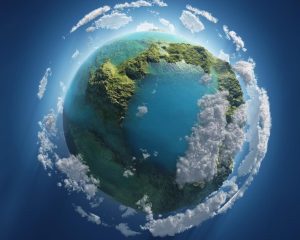
 Clean Up Australia Day 2024, 3 March
Clean Up Australia Day 2024, 3 March
Clean Up Australia inspires and empowers communities to clean up, fix up and conserve our environment. Find out more
UN Ocean Decade Conference, Spain. April 10-12 2024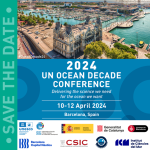
Three years after the initiation of the United Nations Decade of Ocean Science for Sustainable Development (2021-2030), this worldwide conference is scheduled to unite the Ocean Decade community and its partners. The event aims to commemorate accomplishments and collaboratively establish future priorities for advancing the goals of the Decade. More info
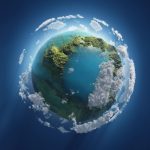 World Oceans Day: 8 June 2024
World Oceans Day: 8 June 2024
The focal point of the 2024 United Nations World Oceans Day is ” Catalyzing Action for Our Ocean & Climate.” The annual day seeks to renewd enthusiasm for the conservation and protection of the ocean and our vast blue planet as a whole. Official Guide Activity ideas for schools
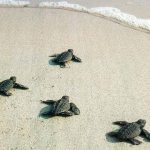 World Sea Turtle Day: 16 June 2024
World Sea Turtle Day: 16 June 2024
World Sea Turtle Day is celebrated on 16 June annually as it is the birthday of Dr. Archie Carr, the so-called “father of sea turtle biology.” His research highlighted the plight of sea turtles and drove community support to protect them and celebrate them annually on World Sea Turtle Day. Turtle facts
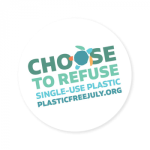 Plastic Free July
Plastic Free July
Plastic Free July is a global movement that encourages individuals, communities, and businesses to reduce their plastic usage during the month of July. The initiative aims to raise awareness about the environmental impact of single-use plastics and inspire people to make conscious efforts to minimize their plastic consumption.
Participants in Plastic Free July commit to avoiding the use of single-use plastics such as plastic bags, bottles, straws, and packaging for the entire month. The campaign provides resources, tips, and challenges to help individuals make sustainable choices, adopt plastic-free habits, and contribute to reducing plastic pollution.
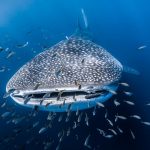 Shark Awareness Day: 14 July 2024
Shark Awareness Day: 14 July 2024
Sharks get a huge amount of bad press, yet on average one person is killed by a shark in Australia each year and heaps more are killed by horses and cows!! Without sharks in Australian waters, many ecosystems would not be sustainable, and we would be denied the pleasure of exploring amazing underwater habitats such as the world’s largest natural wonder, Queensland’s Great Barrier Reef. The impact on tourism and economies would be huge. Shark Awareness Day aims to separate fact from myth and promote a positive image for these amazing creatures. Shark resources.
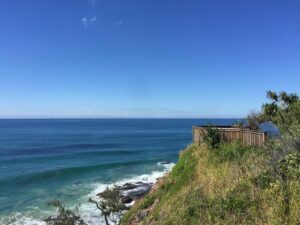 Coastcare Week 2024
Coastcare Week 2024
Coastcare comprises volunteers from Australia who are passionate about safeguarding our remarkable coastal and marine environments. These individuals unite as one, forming a formidable force of 500 groups across Australia. Together, these groups actively contribute to making a substantial impact through sustained, practical solutions to address environmental issues in their respective localities. Coastcare Week serves as an annual campaign dedicated to celebrating the remarkable efforts of these community groups throughout Australia. The theme for National Volunteer Week 2024 is ‘Something for Everyone’. More info
Check out our Annual Events Calendar for even more great reasons to celebrate the ocean in 2024.
Bring Learning to Life With A Live Marine Animal Program
Why not book in an Ocean Life Education program to compliment your teaching and bring it all to life. All programs are delivered by qualified Marine Educators with a passion for the ocean. They provide a lively, fun, and interactive experience with our live marine animals and are designed to educate and inspire schools and community to protect our precious marine environment.




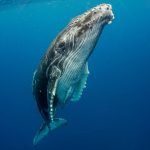 World Whale Day: 18 February 2024
World Whale Day: 18 February 2024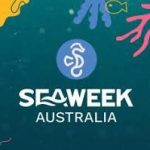
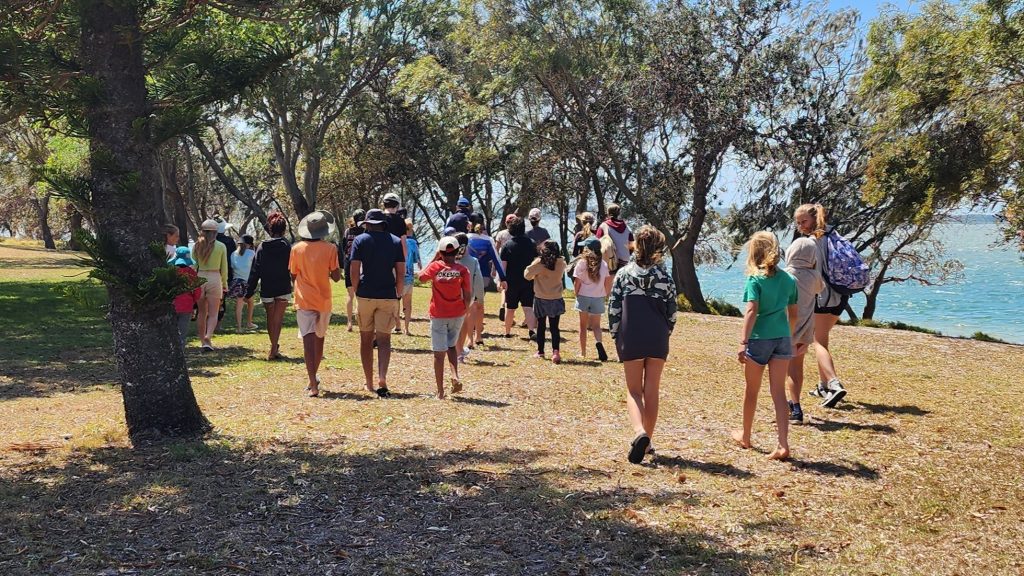
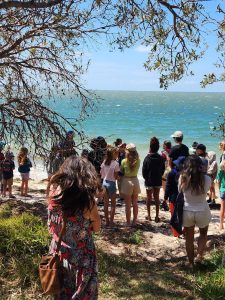 marine animal exhibit session, in order to maximise on beach time and find as many wildlife remnant treasures as possible!
marine animal exhibit session, in order to maximise on beach time and find as many wildlife remnant treasures as possible!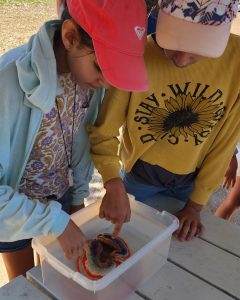
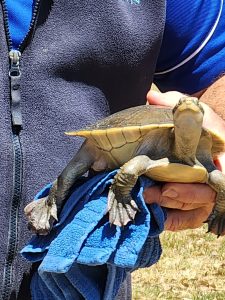 including their key role in ocean food chains and how they keep the ocean healthy by eating sick or dead animals and keeping numbers of other ocean dwellers in check.
including their key role in ocean food chains and how they keep the ocean healthy by eating sick or dead animals and keeping numbers of other ocean dwellers in check.